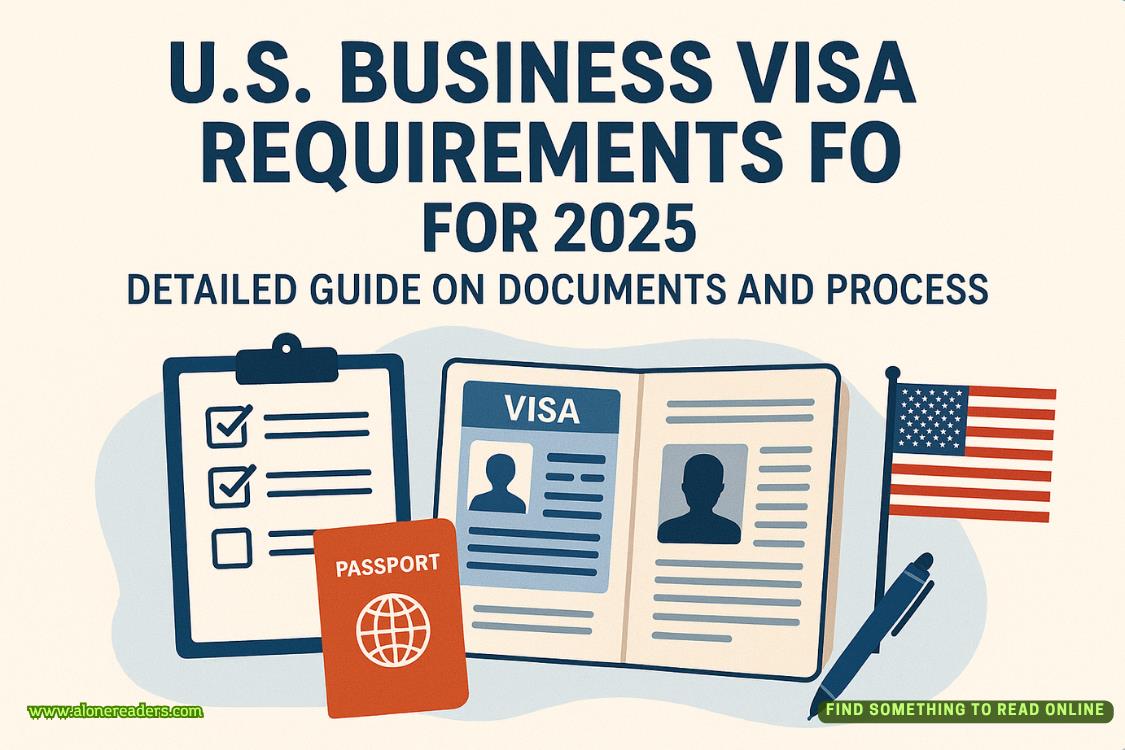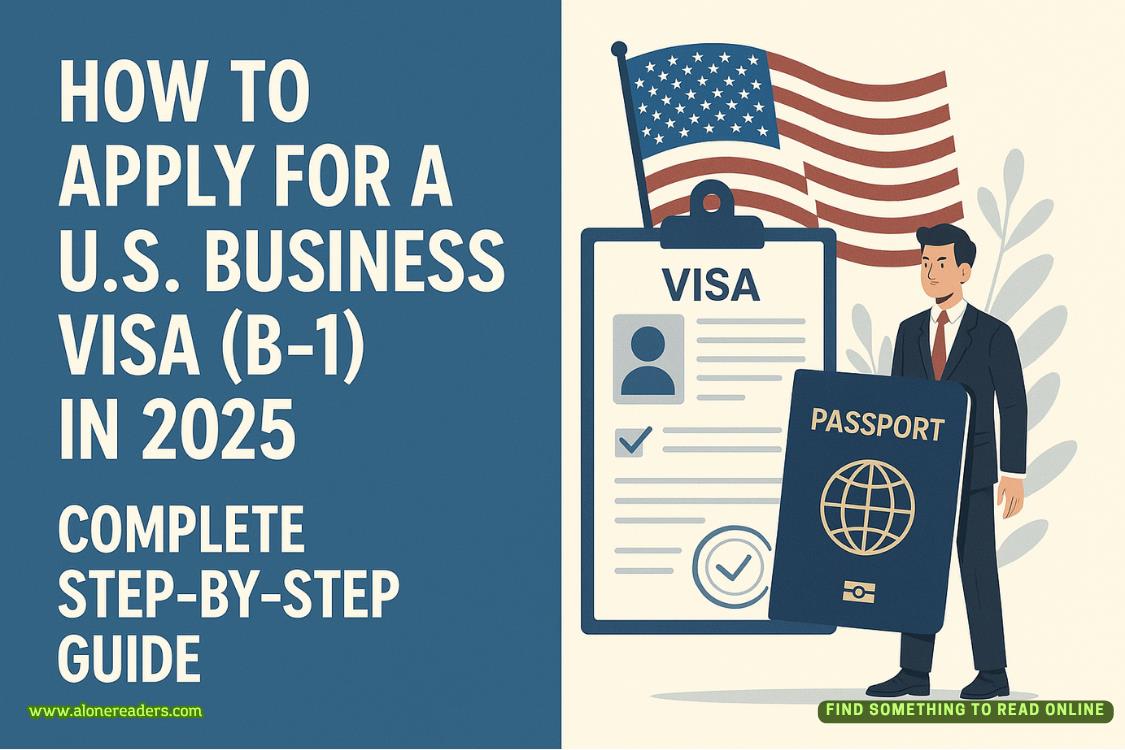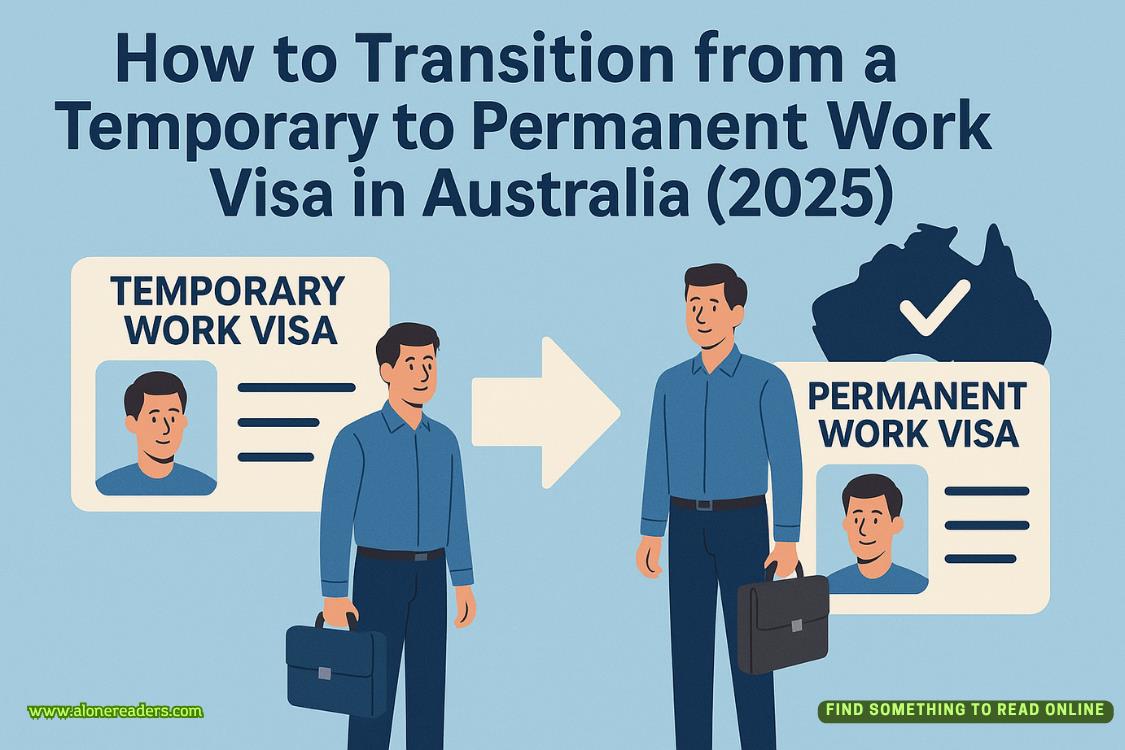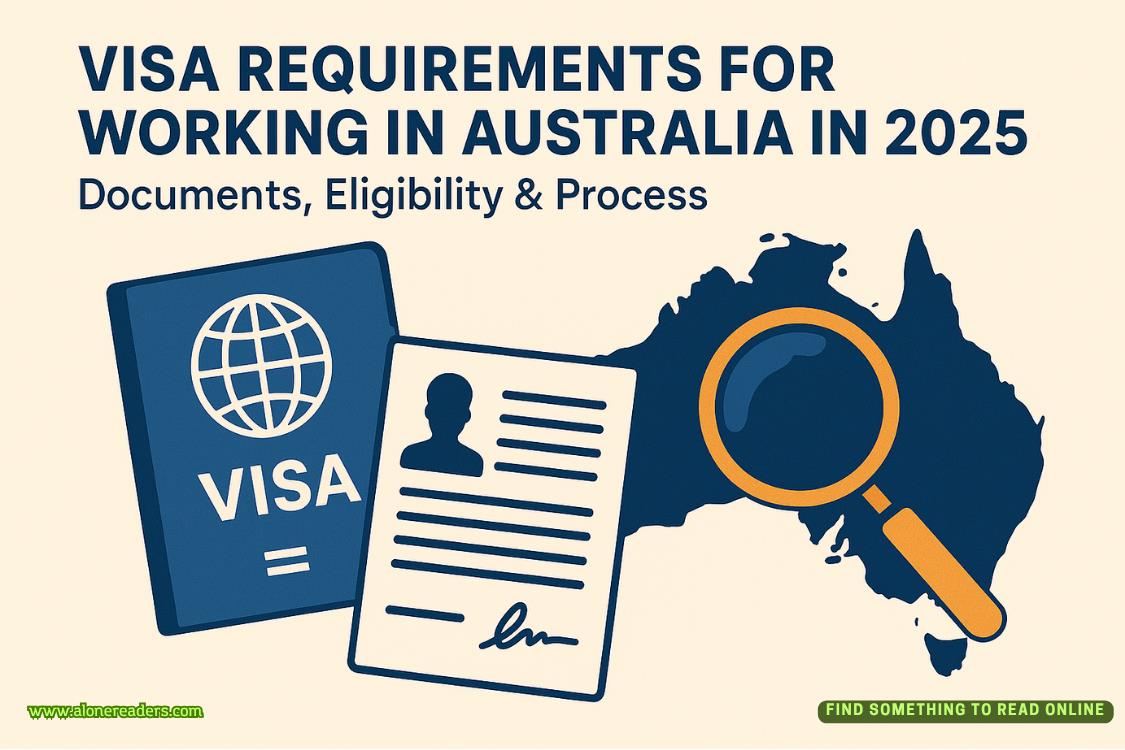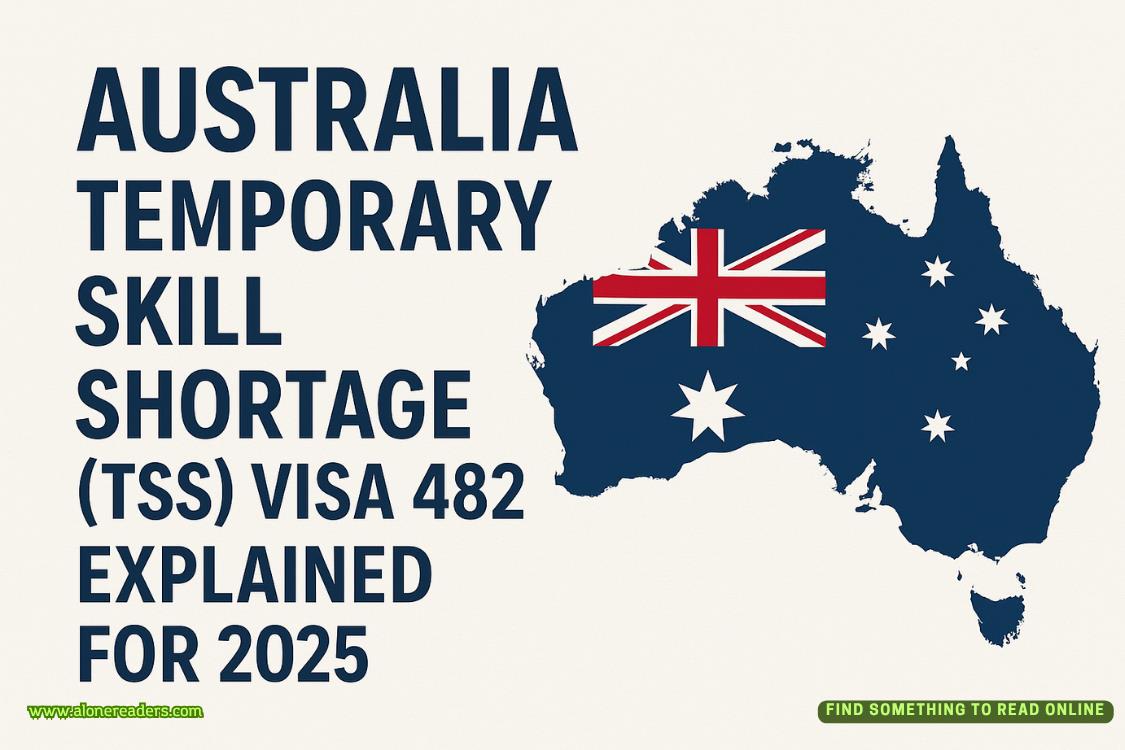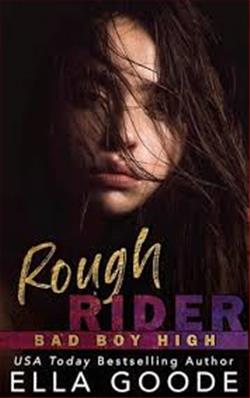Page 5 of The Texas Murders
For safety, the crowd will gather behind us. Ordinarily I wear a SIG Sauer P320 on my hip. But a semiautomatic pistol is strictly forbidden in a contest like this. Today, that gun is holstered at the small of my back. On my hip is a Ruger Vaquero, a six-shot single-action revolver. The single-action makes shooting fast even more difficult because you have to cock the hammer back as you draw. I’m a little rusty withthe Ruger, and I’m just hoping I can hold my own against someone like Ryan.
“Shooters on the line,” the announcer says, and the first five of us take our place.
I position myself on the far left, and Ryan takes the spot directly to my right.
I dig my cowboy boots into the dirt like a batter getting into position beside home plate. I focus my eyes—shaded by my Stetson—on the target in front of me.
I wrap my hand around the smooth rosewood grip of the revolver.
I slow my breathing, trying to keep my nerves under control.
“Shooters set,” the announcer says.
The crowd is silent in anticipation.
The light flashes, and I pull the gun, cock it, and squeeze the trigger—all in one fluid motion that takes less than half a second. The air fills withpops as the other competitors do the same.
I look down the end of the line to see the times displayed.
The guy to the far right, a highway patrol trooper out of Odessa, recorded a time of 0.687 seconds.
The next officer, a female detective from Houston, recorded 0.551.
The middle guy, an embarrassed DEA agent, missed the target completely.
Then comes Ryan’s score: 0.315.
All the scores—those who hit the target anyway—would be more than respectable at any event held by the most elite quick-draw organizations.
Ryan’s is downright amazing.
I open my mouth to tell him so, but he has a look of unpleasant surprise on his face as he examines the numbers.
I check my own time.
0.314.
Ryan’s perturbed expression disappears and is replaced by a friendly smile.
“Hot damn, Yates. That’s some fine shooting,” he says. “This is going to be fun.”
CHAPTER 3
THE ANNOUNCER DECLARES enthusiastically that the matchup of two world-class fast-draw competitors is something special. He’s not being hyperbolic.
For pros who practice this stuff every day, anything in the 0.3 range is an excellent day’s work. It’s possible to go lower, but very rare. There probably aren’t twenty people in the last twenty years who have shot faster than 0.3 at any organized competition.
Ryan and I aren’t there, but our first shots are pretty damn close.
For our next two shots, Ryan and I both shoot in the mid-0.3 range, easily making it to the next round. Round 2 is single elimination, but Ryan and I aren’t in the same group.
Ryan goes first and doesn’t disappoint, easily winning by hitting the target all three times in 0.379, 0.344, and 0.319 seconds. His fastest just barely hits the edge of the target, butthat doesn’t matter in this competition. They say close only matters in horseshoes and hand grenades, but apparently it matters in fast draw, too.
In my round, I score 0.359, 0.347, and 0.330—each one a full tenth of a second faster than any of my competitors, each one in the center of the target.
For the final round, they move the targets back to twenty-one feet, and the five top shooters all line up on the line.
So far, no other competitors have drawn faster than 0.4 seconds, so even though there are five of us on the line, everyone knows the contest is really between Ryan and me.


